Navaneeth Kamballur Kottayil
CNN-Based Real-Time Parameter Tuning for Optimizing Denoising Filter Performance
Jan 20, 2020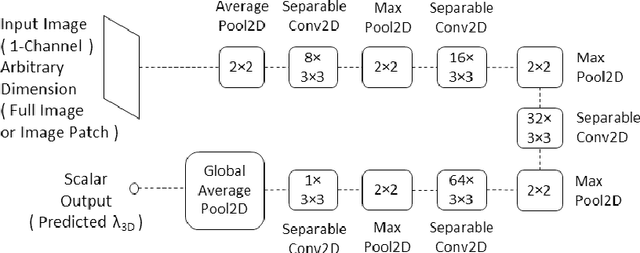

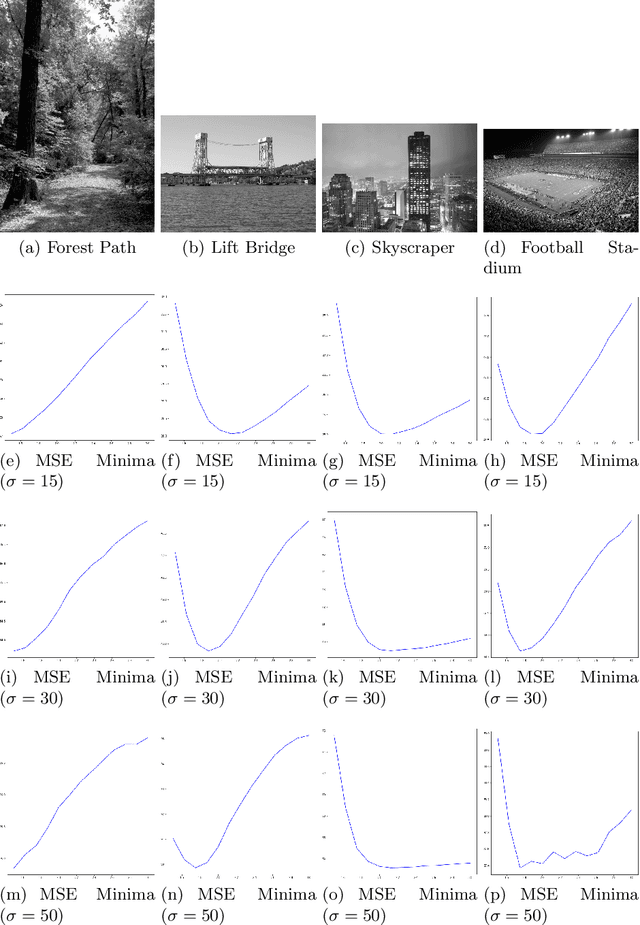
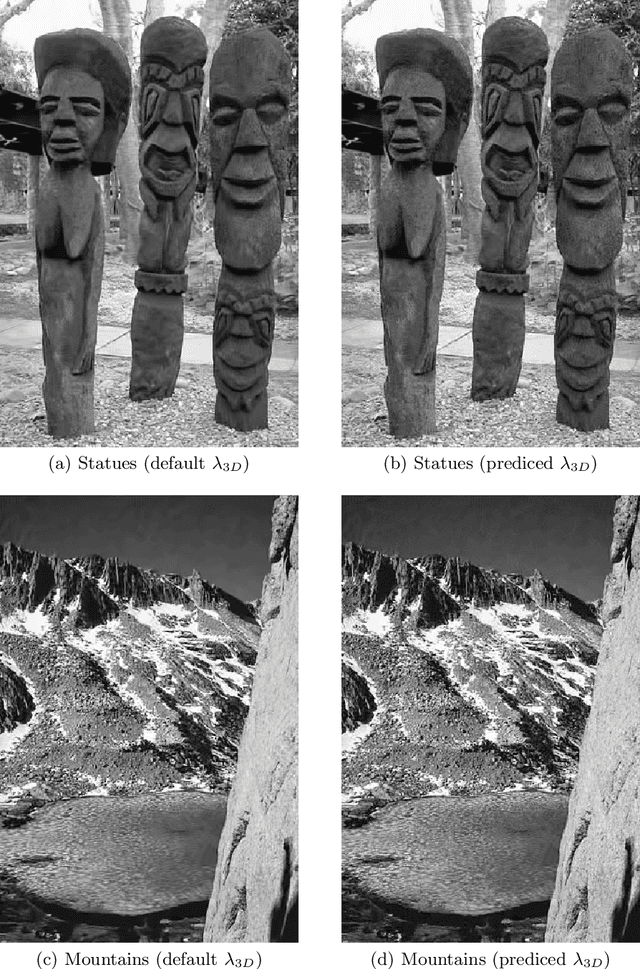
Abstract:We propose a novel direction to improve the denoising quality of filtering-based denoising algorithms in real time by predicting the best filter parameter value using a Convolutional Neural Network (CNN). We take the use case of BM3D, the state-of-the-art filtering-based denoising algorithm, to demonstrate and validate our approach. We propose and train a simple, shallow CNN to predict in real time, the optimum filter parameter value, given the input noisy image. Each training example consists of a noisy input image (training data) and the filter parameter value that produces the best output (training label). Both qualitative and quantitative results using the widely used PSNR and SSIM metrics on the popular BSD68 dataset show that the CNN-guided BM3D outperforms the original, unguided BM3D across different noise levels. Thus, our proposed method is a CNN-based improvement on the original BM3D which uses a fixed, default parameter value for all images.
CNN-based InSAR Denoising and Coherence Metric
Jan 20, 2020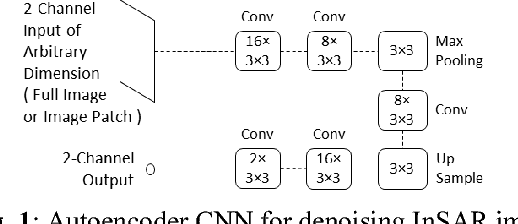
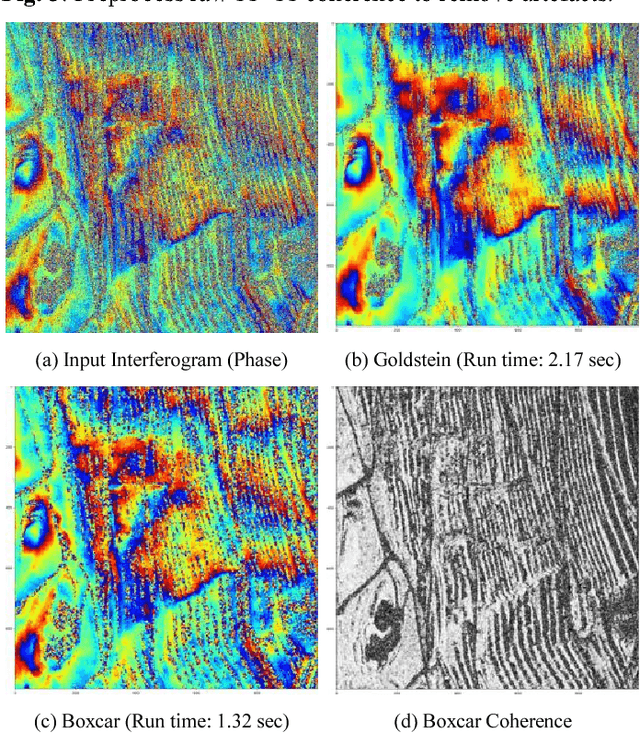
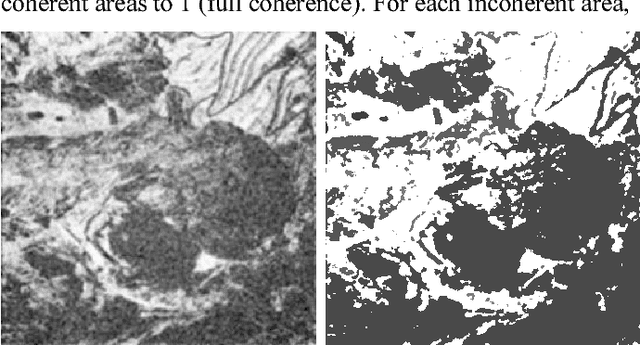
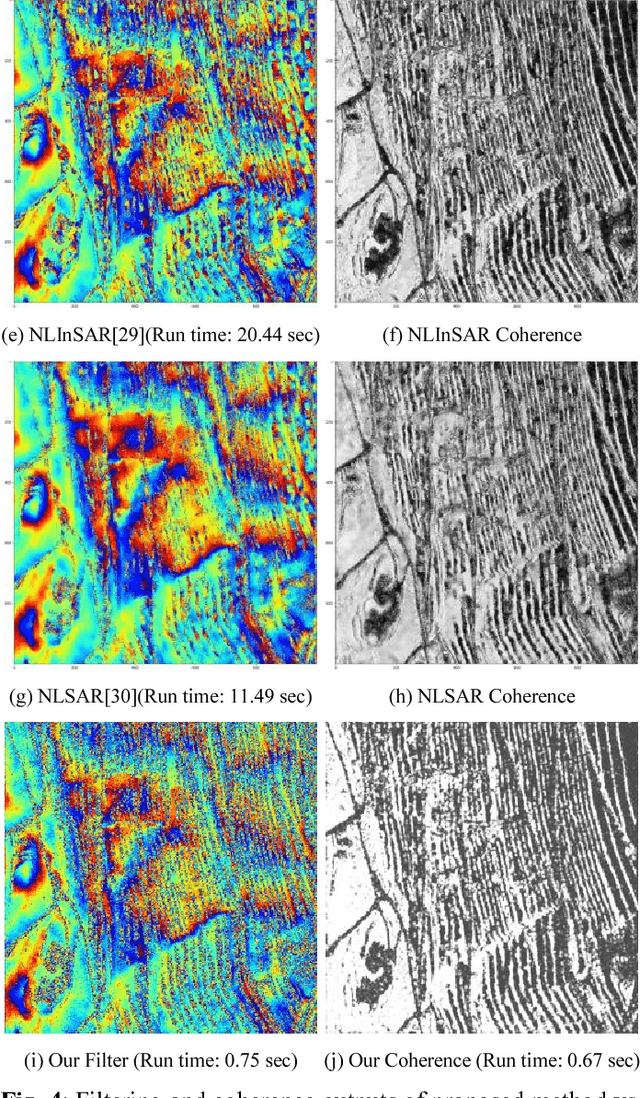
Abstract:Interferometric Synthetic Aperture Radar (InSAR) imagery for estimating ground movement, based on microwaves reflected off ground targets is gaining increasing importance in remote sensing. However, noise corrupts microwave reflections received at satellite and contaminates the signal's wrapped phase. We introduce Convolutional Neural Networks (CNNs) to this problem domain and show the effectiveness of autoencoder CNN architectures to learn InSAR image denoising filters in the absence of clean ground truth images, and for artefact reduction in estimated coherence through intelligent preprocessing of training data. We compare our results with four established methods to illustrate superiority of proposed method.
DeepInSAR: A Deep Learning Framework for SAR Interferometric Phase Restoration and Coherence Estimation
Sep 06, 2019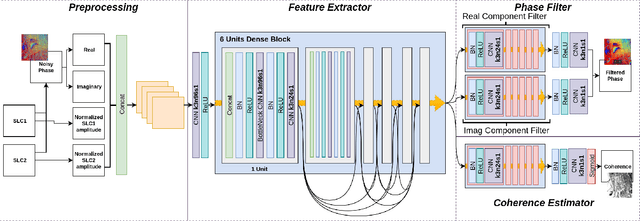
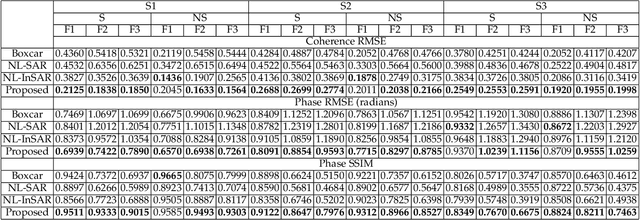
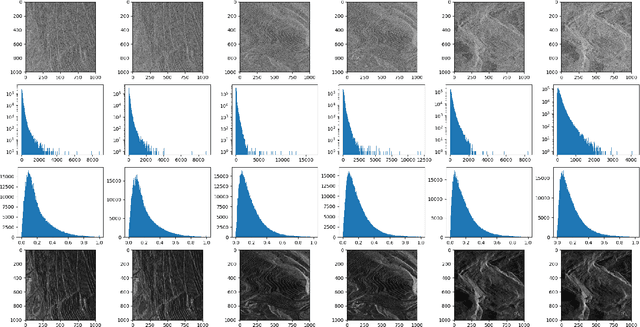
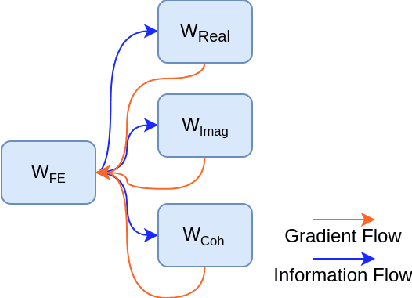
Abstract:Over the past decade, Interferometric Synthetic Aperture Radar (InSAR) has become a successful remote sensing technique. However, during the acquisition step, microwave reflections received at satellite are usually disturbed by strong noise, leading to a noisy single-look complex (SLC) SAR image. The quality of their interferometric phase is even worse. InSAR phase filtering is an ill-posed problem and plays a key role in subsequent processing. However, most of existing methods usually require expert supervision or heavy runtime, which limits the usability and scalability for practical usages such as wide-area monitoring and forecasting. In this work, we propose a deep convolutional neural network (CNN) based model DeepInSAR to intelligently solve both the phase filtering and coherence estimation problems. We demonstrate our DeepInSAR using both simulated and real data. A teacher-student framework is proposed to deal with the issue that there is no ground truth sample for real-world InSAR data. Quantitative and qualitative comparisons show that DeepInSAR achieves comparable or even better results than its stacked-based teacher method on new test datasets but requiring fewer pairs of SLCs as well as outperforms three other established non-stack based methods with less running time and no human supervision.
Learning Local Distortion Visibility From Image Quality Data-sets
Mar 11, 2018
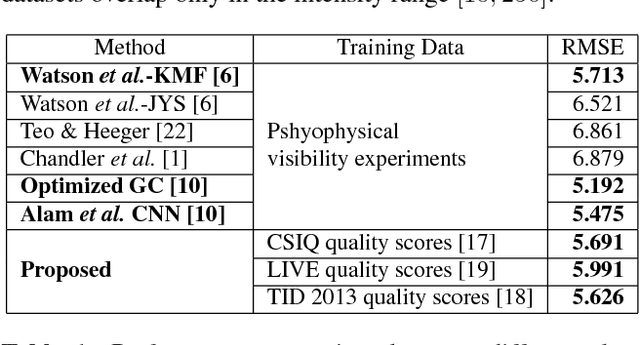
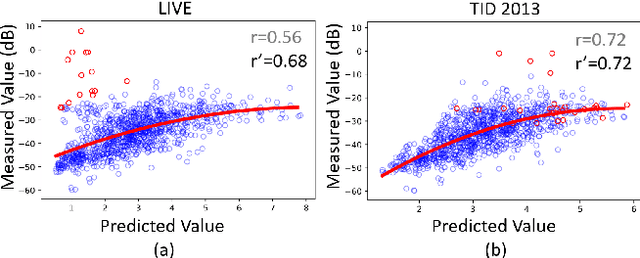
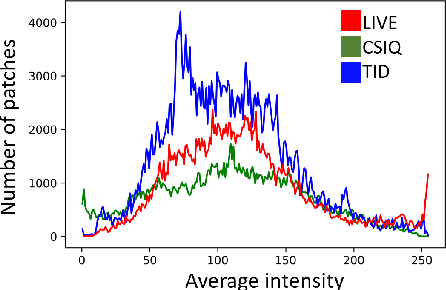
Abstract:Accurate prediction of local distortion visibility thresholds is critical in many image and video processing applications. Existing methods require an accurate modeling of the human visual system, and are derived through pshycophysical experiments with simple, artificial stimuli. These approaches, however, are difficult to generalize to natural images with complex types of distortion. In this paper, we explore a different perspective, and we investigate whether it is possible to learn local distortion visibility from image quality scores. We propose a convolutional neural network based optimization framework to infer local detection thresholds in a distorted image. Our model is trained on multiple quality datasets, and the results are correlated with empirical visibility thresholds collected on complex stimuli in a recent study. Our results are comparable to state-of-the-art mathematical models that were trained on phsycovisual data directly. This suggests that it is possible to predict psychophysical phenomena from visibility information embedded in image quality scores.
 Add to Chrome
Add to Chrome Add to Firefox
Add to Firefox Add to Edge
Add to Edge